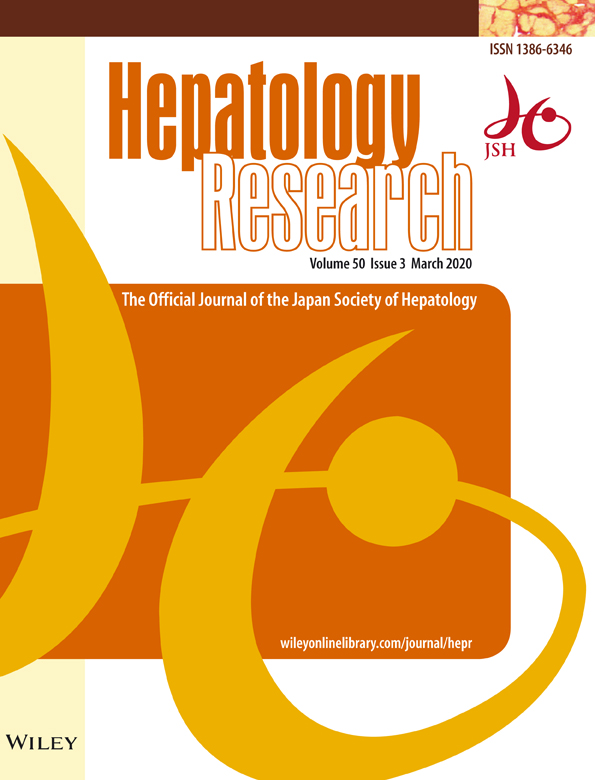Favorable outcome of retreatment by direct-acting antivirals for hepatitis C patients with daclatasvir plus asunaprevir combination therapy failure
Conflict of interest: S Kakizaki received research funding from BMS and Gilead Sciences. K Sato received research funding from AbbVie.
Financial support: None declared.
Abstract
Aim
In patients with hepatitis C virus, treatment failure of daclatasvir plus asunaprevir combination therapy (DCV + ASV) seems to become intractable due to the induction of resistance-associated substitutions. This study aimed to investigate the outcomes of retreatment with direct-acting antivirals (DAAs) in patients with DCV + ASV therapy failure, as well as changes in drug resistance mutations.
Methods
We retrospectively analyzed 44 patients re-treated with DAAs after DCV + ASV failure between December 2015 and April 2018. All patients were analyzed for amino acid substitutions, and additional treatment regimens were selected based on the results and current treatment guidelines.
Results
The sustained virological response rate with second-line treatment was 81.8% (36/44), and relapse occurred in five of 16 patients who received sofosbuvir/ledipasvir and three of seven patients who received DCV/ASV/beclabuvir. Third- and fourth-line treatments were also tried in relapsed cases, and the overall sustained virological response rates were 90.9% (40/44) and 93.2% (41/44), respectively. A high rate of viral clearance was eventually observed. Before second-line treatment, the prevalence of mutations in the NS5A and NS3/4A regions was 100% (44/44) and 86.4% (38/44), respectively. There was no significant increase in the number of amino acid substitutions in patients for whom second-line treatment failed.
Conclusions
Amino acid substitutions were frequently observed in patients with DCV + ASV failure, but most patients achieved a sustained virological response after retreatment with DAAs. Although the spread of drug-resistant viruses due to unsuccessful DAA treatment was a matter of concern, most cases of DCV + ASV failure were overcome with additional treatment.




